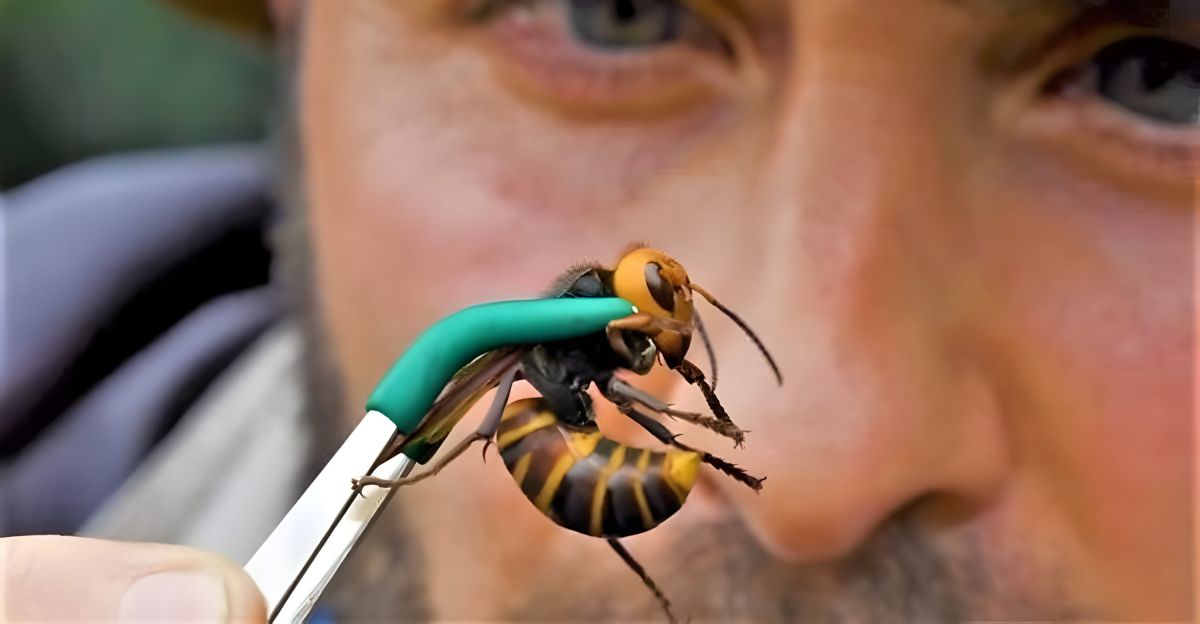
The foundation of American agriculture was in danger when U.S. commercial beekeepers reported a startling 62% loss of honey bee colonies between June 2024 and early 2025. The main culprit was identified by the USDA’s Agricultural Research Service (ARS) as viruses carried by Varroa destructor mites that have become resistant to the common acaricide Amitraz.
Given that honey bee survival is essential for commercial agriculture as well as for preserving biodiversity and ecosystem services, this fund is intended to expedite research and implement creative solutions. Recognizing that previous progress has been slowed by fragmented efforts, the crisis has also inspired the public and private sectors to work together more closely.
The Prolonged Reduction in Bee Health

Numerous stressors, including pesticides, habitat loss, diseases, and parasites, have been linked to honey bee declines for decades. Since neonicotinoid pesticides paralyze insect nervous systems, including bees’, their introduction in the 1990s was associated with dramatic population declines. Exposure to pesticides is still a persistent risk in spite of regulatory efforts. By spreading fatal viruses, the Varroa mite, which has been invasive since the late 20th century, has made matters worse.
To manage Varroa populations, beekeepers have traditionally used chemical miticides, but the mites’ quick adaptation has outpaced these measures. Additionally, floral diversity has decreased due to habitat fragmentation and monoculture farming methods, which have weakened bee nutrition and immune resilience. This historical perspective emphasizes that decades of ecological imbalance and insufficient policy responses have led to the current crisis, which is not an isolated incident.
The Lethal Combination of Viral Vectors and Varroa Mites
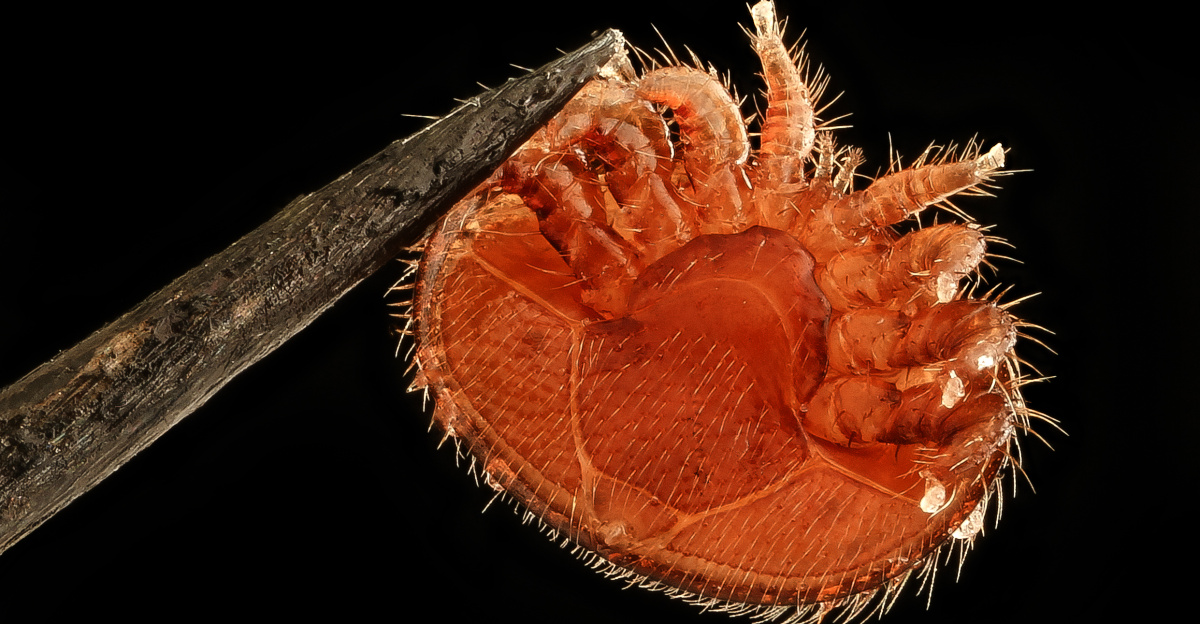
In addition to being a parasite, the Varroa destructor mite is a vector for several viruses that cause disability, such as the Deformed Wing Virus (DWV). According to new research from the USDA, all of the mites examined had genes that made them resistant to Amitraz, making this first-line treatment useless. Because of their resistance, mites can multiply unchecked and spread viruses that impair bees immune systems and colony viability.
Resistance to acaricides other than Amitraz has also been reported, indicating that chemical control is ineffective on its own. In addition to deforming wings, the viruses spread by Varroa mites also reduce bee lifespans and affect cognitive abilities, which further destabilizes colonies. A feedback loop that speeds up colony failure is produced by the intricate relationship between the parasite and the pathogen.
The Economic and Ecological Effects of the Crisis Scale
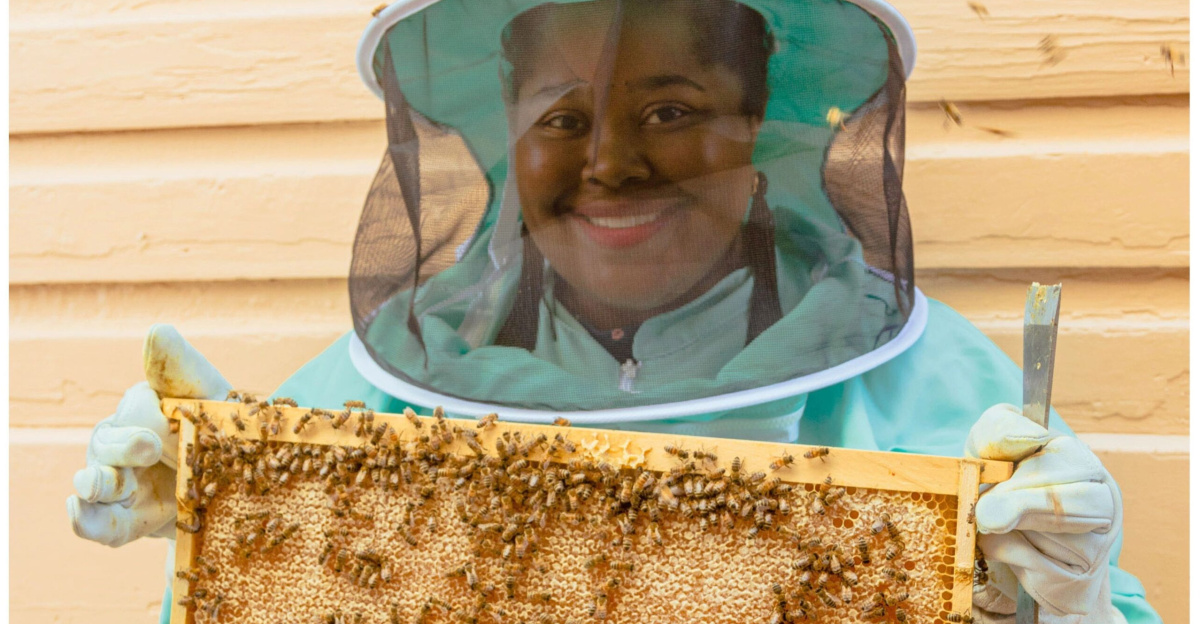
The livelihoods of beekeepers as well as the pollination of crops valued at billions of dollars a year, such as fruits, vegetables, and almonds, are at risk due to the loss of 62% of commercial colonies. Because managed honey bees are so crucial to pollination in the United States, their loss puts food supply chains at risk and raises production costs. The ecological risk of pollination deficits is increased for wild pollinators due to habitat degradation and pesticide exposure.
Beyond agriculture, the economic repercussions can be seen in the food processing, retail, and export markets, which could raise consumer costs and increase food insecurity for disadvantaged groups. Decreased pollination services endanger plant reproduction, which lowers genetic diversity and the resilience of ecosystems. For wildlife that rely on flowering plants for habitat and food, this could have a domino effect.
Beyond Pesticides: The Factor of Resistance
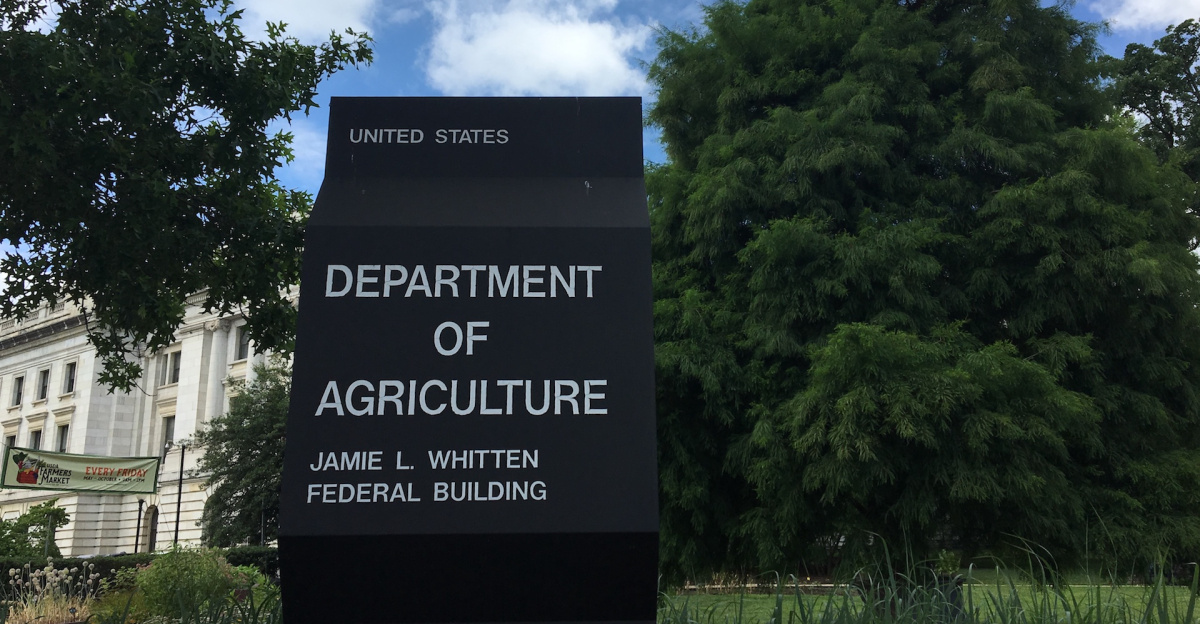
Although pesticides have long been held responsible for bee declines, the USDA’s most recent study focuses on mite biological resistance as the direct cause of the 2024–25 die-off. This casts doubt on the widely held belief that bee mortality is solely caused by pesticide exposure. Instead, it draws attention to a complicated interaction in which pesticide resistance compromises control strategies, enabling viral epidemics to spread.
It also demands a more sophisticated comprehension of how human actions may unintentionally hasten the evolution of resistance, leading to unexpected outcomes. This alternative perspective situates pesticides within a larger ecological and evolutionary framework, but it does not absolve them of responsibility.
Innovation in Mite and Virus Management as a Potential Cure

In order to combat resistant Varroa mites and related viruses, the USDA and affiliated organizations are investigating innovative approaches. These include using RNA interference (RNAi) technologies to silence viral genes, creating new acaricides with distinct mechanisms of action, and breeding strains of bees that are resistant to mites. Rapid response tools and focused research are accelerated by the Bee Health Collective’s Emerging Threats Fund.
A state-of-the-art molecular technique called RNA interference (RNAi) technology can specifically stop viral replication in bees without endangering the environment or beneficial insects. Furthermore, in order to lessen dependence on any one strategy, integrated pest management frameworks stress the integration of chemical, biological, and cultural controls. Although encouraging, these developments need thorough field testing and beekeeper adoption before they can be widely implemented.
The “Virus Feedback Loop-Resistance” Model

A “Resistance-Virus Feedback Loop,” in which pesticide-resistant mites cause unchecked mite populations, which in turn increase viral loads in bee colonies, can help explain the crisis. This cycle makes it harder to break with traditional treatments and speeds up colony collapse. By acknowledging this feedback mechanism, intervention strategies are reframed to break the loop at several points, including boosting bee immunity, decreasing viral transmission, and controlling mite resistance.
It gives researchers and policymakers a conceptual tool to help them prioritize interventions with synergistic effects over those with isolated benefits. For instance, the feedback loop could be broken by reducing mite populations and viral effects and combining antiviral RNA interference treatments with mite-resistant bee genetics. In order to dynamically adjust management strategies, this framework promotes ongoing monitoring of viral prevalence and resistance markers.
Pollination Collapse of California Almonds

Every year, California’s almond industry relies heavily on bee imports for pollination. In 2025, beekeepers set up almost 184,000 colonies to pollinate almonds, but they lost more than 60% of them right before the season. This extreme example shows how entire agricultural sectors that depend on pollination services are at risk due to the die-off. The vulnerability of the almond industry emphasizes the necessity of cross-sector cooperation between apiculture, agriculture, and regulatory agencies in order to protect pollinator health and the continuity of food production.
Some growers were compelled by the losses to decrease their acreage or look for less efficient or more expensive alternative pollination techniques. This case also emphasizes the financial strains on beekeepers due to rising mortality and treatment expenses, as well as the logistical difficulties in managing and transporting weakened bee colonies.
Unexpected Combination: Climate Change and Bee Health
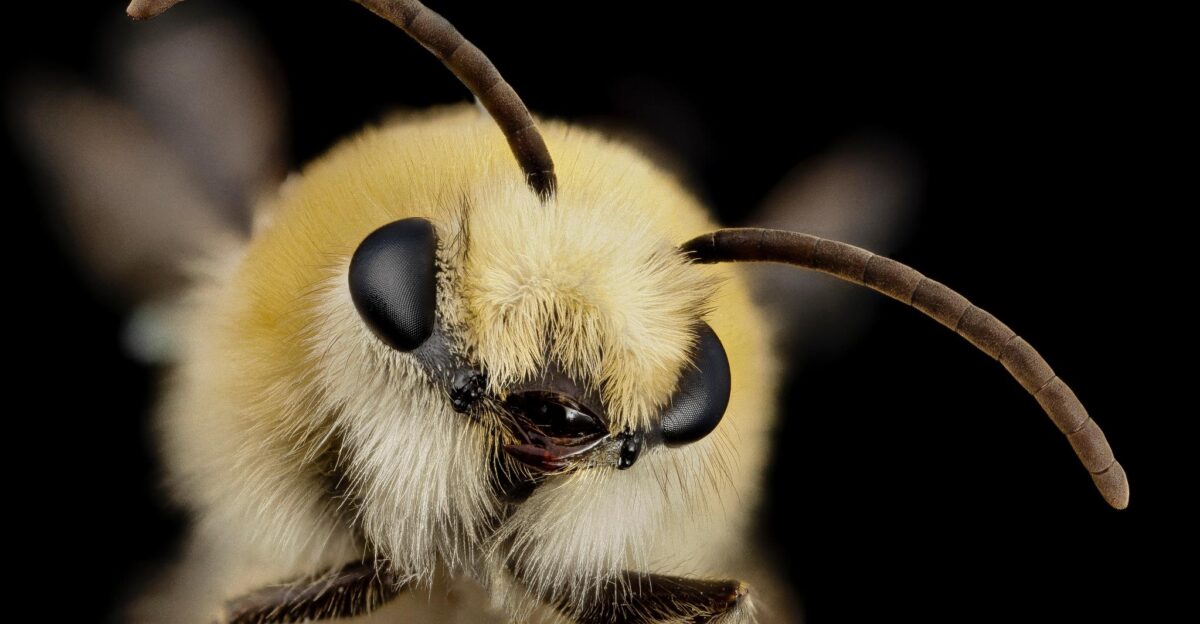
By changing flowering times, intensifying heat stress, and extending the range of pests like Varroa mites, climate change makes bee health issues worse. Warmer winters could hasten the development of resistance and the spread of viruses by lowering mite mortality. Resilience may be increased by integrating climate adaptation policies with bee health initiatives.
Changes in precipitation and floral phenology brought on by climate change may also interfere with bee nutrition and foraging habits, impairing immune function. Multidisciplinary research bridging entomology, climatology, and agriculture is necessary to address the synergy between climate change and bee health issues. It also calls for policy frameworks that combine objectives for agricultural productivity with environmental sustainability.
Illuminating the Way Ahead
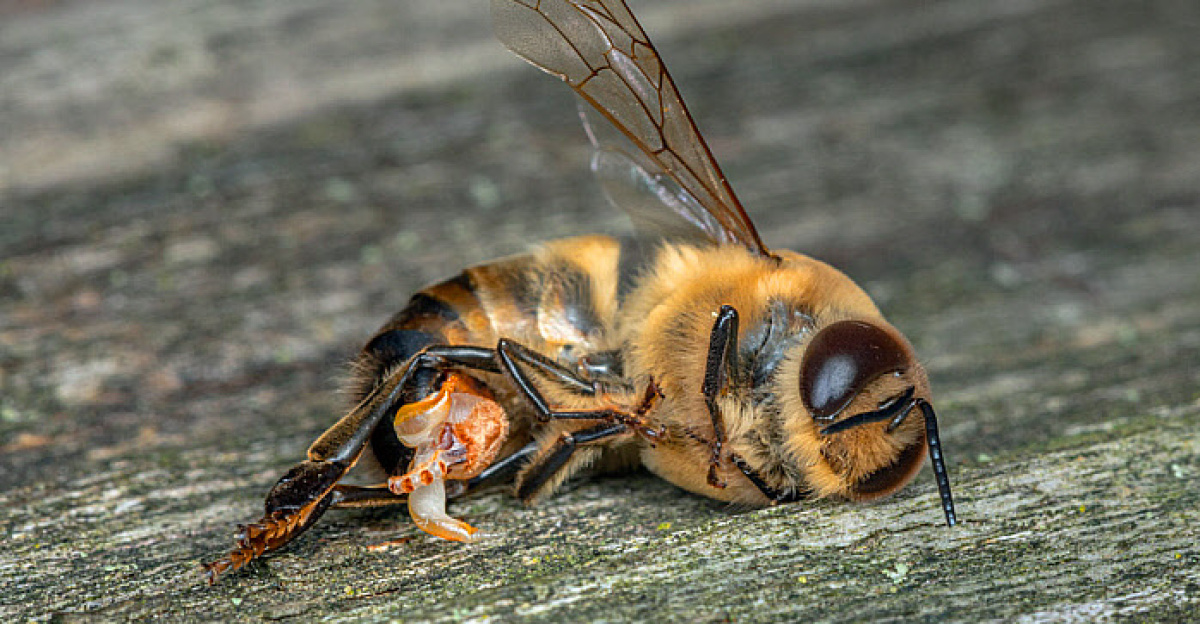
The USDA’s discovery that pesticide-resistant Varroa mites are the primary cause of the record 62% bee die-off shifts the focus away from a crude accusation of pesticides and toward a more complex understanding of changing biological threats. This realization necessitates a strategic shift away from chemical controls and toward creative, integrated, evolutionary biology-based pest and disease management.
The new frameworks and solutions provide a path toward both recovery and long-term coexistence with pollinator health issues. This course of action necessitates ongoing funding for habitat restoration, beekeeper education, and research, in addition to legislative changes that encourage sustainable behavior. It also emphasizes how crucial consumer demand for pollinator-friendly products and public awareness are.







